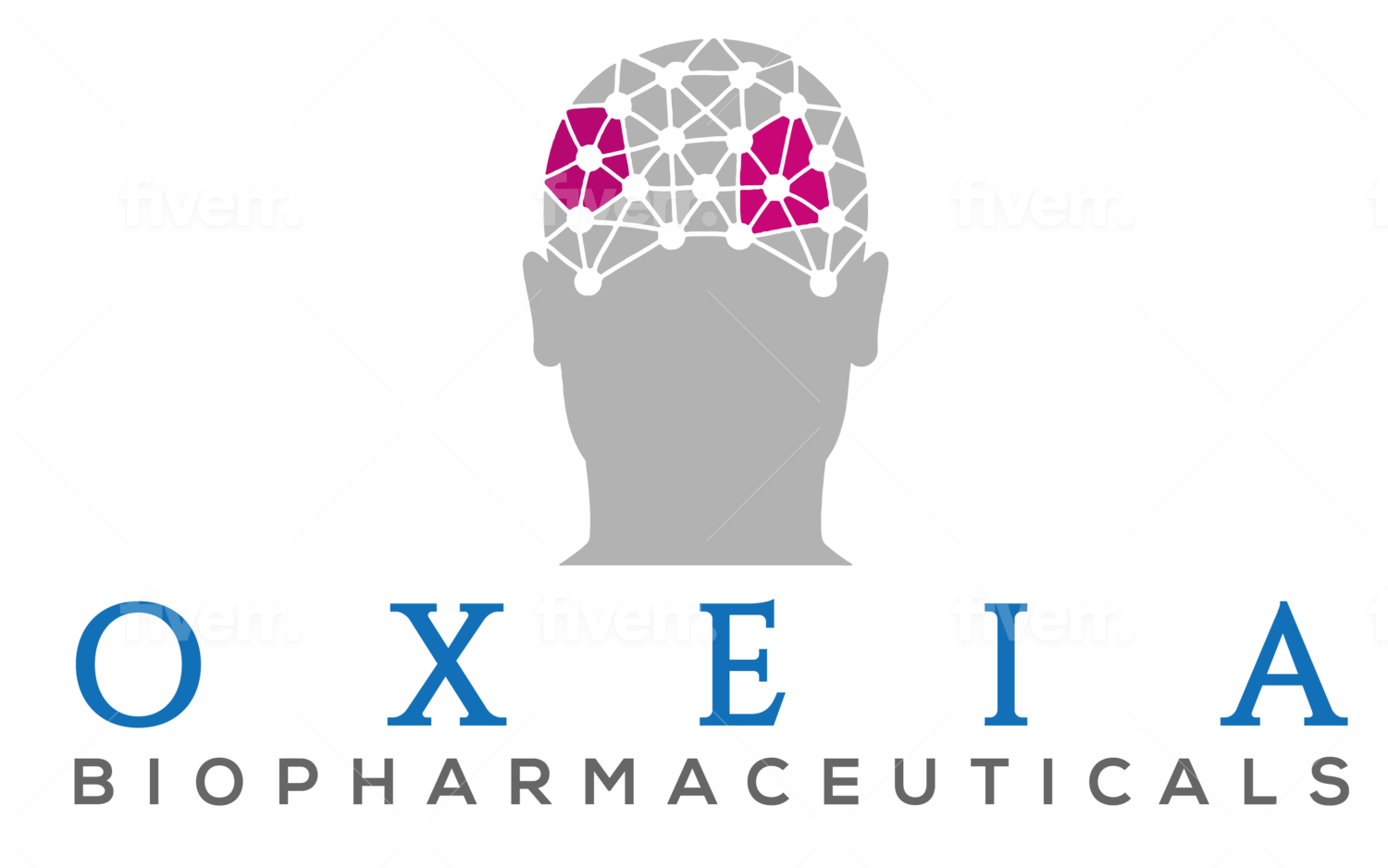Frequently Asked Questions
What is Oxeia Biopharmaceuticals?
Oxeia Biopharmaceuticals is a clinical stage biotech company developing drug treatments for concussion.
What is OXE103?
OXE103 is synthetic human ghrelin, an endogenous hormone. OXE103 is now being tested in humans to potentially treat concussions by addressing underlying neuro-metabolic dysfunction and axonal injury.
What happens in the brain when someone gets concussed?
A concussion is an injury where there’s been either a direct or indirect blow to the head. When this occurs the brain tends to bounce back and forth inside the skull. The shockwaves cause the cells to depolarize and creates a neurometabolic crisis. When that happens all parts of the brain start to fire simultaneously, and the available stores of energy in the brain are depleted. That results in the symptoms of a concussion or mild traumatic brain injury (e.g., nausea, loss of consciousness, sensitivities to light and sound, etc.). The shockwaves actually deform the brain, stretching and damaging some of the axons, which are long, threadlike parts of nerve cells along which impulses are conducted.
How does OXE103 work?
OXE103 freely crosses the blood-brain-barrier and is now being tested in humans to potentially treat concussions by addressing underlying neuro-metabolic dysfunction and axonal injury. OXE103 uniquely targets the hippocampus region of the brain, an area important for cognition and memory.
What were the results of pre-clinical research?
Treatment with OXE103 has been shown in numerous animal and laboratory studies to restore normal energy metabolism, increase appetite, and reduce the toxic effects of reactive oxygen species that form in low energy states.
What are the details for the Phase 2a Investigator Sponsored Trial that was completed in 2022?
The Phase 2a study did not include randomization and all enrolling subjects were offered treatment with OXE103. Enrolling subjects had the option to choose participation in a non-treatment control group if they did not want treatment.
The goal of the study was to reduce symptom burden with OXE-103 treatment. Measures of cognition and balance were also tracked to provide an objective assessment of recovery. The study was designed in collaboration with leading neuro-trauma and concussion experts.
Twenty-one patients were enrolled in the Phase 2a study. Participants were given the choice of receiving OXE103 or the standard of care. Thirteen received OXE103 and 6 received standard of care only. Those receiving OXE103 were given treatment twice a day for 14 days. They received assessments on days 1, 4, 8, 11, 15, 21 and 44.
For more information on the study, please visit ClinicalTrials.gov. https://clinicaltrials.gov/ct2/show/NCT04558346?term=OXE103&cond=concussion&draw=2&rank=1
What were the results of the Phase 2a study?
Oxeia successfully completed its proof-of-concept pilot study at Kansas University Medical Center in the fall of 2022. Oxeia’s Phase 2a study for OXE103 enrolled subjects within 28-days of injury who were highly symptomatic at screening.
A robust treatment effect was observed across all study endpoints. The endpoints were symptom resolution (severity and duration) of cognition, memory, quality of life improvement and balance. The OXE103 responder rate was 85% vs. a baseline of 33%.
What’s Next? Is there a Phase 2b study taking place?
A Phase 2b study is planned for 2024. It will be randomized, double-blind, placebo-controlled study with participants that continue to have persistent concussion symptoms within 28 days of injury. This study will enroll 160 participants and will take place at numerous sites across the United States. Participants will be treated over 14 days and followed for a period of 60 days.
Does Oxeia Biopharmaceuticals have plans to study subjects immediately after they have suffered concussions?
Because the current standard of care is rest, many patients do not seek medical care soon after the injury and may wait to seek help days to several weeks post-injury. Those who do seek care immediately may go to an emergency department (ED), but since there is no treatment, patients are discharged with the recommendation to rest. In the future, we plan to study patients within 24 hours of their injury.
Why hasn’t there been more concussion drug R&D?
Conventional wisdom has been that when you “got your bell rung,” if you could go back on the field you were OK. The brain is something one can’t see, so injuries are hard to appreciate. For doctors, including neurosurgeons who are treating moderate or severe brain injury with long difficult rehabilitation or permanent disability, the concussion has traditionally been less of a priority. It is now known, however, that there can be significant damage even after a single concussion. From 1980 to 2009, companies performed clinical studies in TBI, however the relative infancy of basic research in TBI led to many of these early trials failing. Subsequently, the number of trials and investment in research declined following these unsuccessful trials. Today, basic research has elucidated the molecular pathology of mild TBI (concussion), however much of the pharmaceutical R&D is being undertaken by small biotech companies. It is anticipated that the larger drug companies will re-engage once there is some success in Phase 2 clinical trials. They will be excellent partners, since they have the commercial infrastructure to deliver high quality therapies to patients.
In addition to concussion what other indications do you see where OXE103 might be an appropriate therapeutic?
OXE103 could possibly be of benefit for indications in which memory loss or problems with neuroconnectivity are the cause of the disease. OXE103 has been considered as a candidate to treat ALS patients due to the ability of the treatment to increase the number of nerve cell connections in pre-clinical studies
